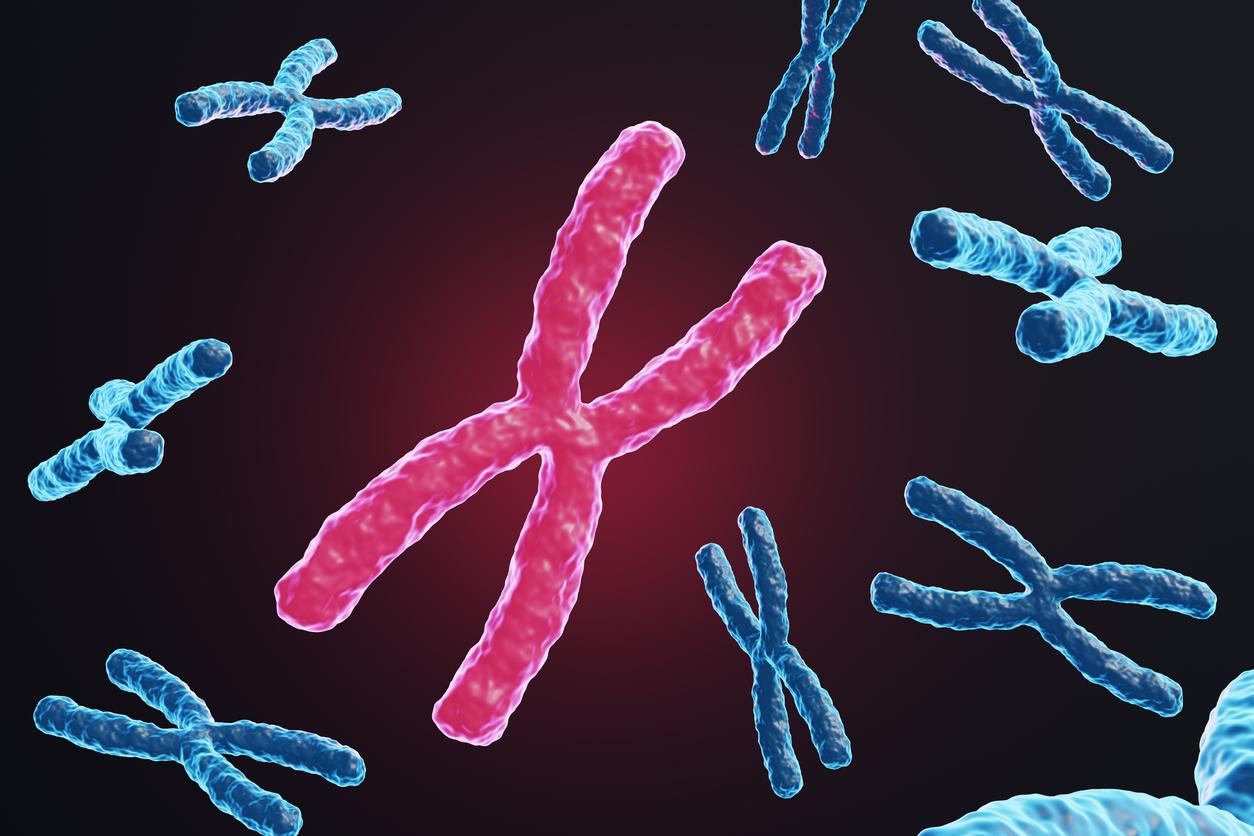Saturated fatty acid levels unexpectedly increase in the brain during memory formation.

- Changes in saturated fat levels in brain cells were the most marked, especially that of myristic acid.
- During memory formation, changes in saturated fat levels in brain cells were most marked, particularly that of myristic acid.
- Fatty acids are essential for communication between nerve cells.
- The highest concentration of saturated fatty acids was found in the amygdala, the part of the brain involved in forming new memories.
The formation of memories remains misunderstood and continues to intrigue researchers. Recently, scientists have estimated that the first memories date back to the age of two and a half years. Others have suggested that the best way to remember an event is to exaggerate the differences between two similar memories. In new research, published June 8 in the journal NatureCommunicationsAustralian scientists have found that levels of saturated fatty acids unexpectedly increase in the brain during memory formation.
An unexpected discovery
Traditionally it is the polyunsaturated fatty acids that are considered important for health and memory. These are omega-3 and omega-6. The body cannot manufacture them and they are provided by food. Several previous studies have highlighted their benefits against cognitive decline.
In this new study, the researchers highlighted the role, which they term “unexpected”, saturated fatty acids. “We tested the most common fatty acids to see how their levels changed as new memories formed in the brainsays Tristan Wallis, lead author of the study. Unexpectedly, changes in saturated fat levels in brain cells were the most marked, especially that of myristic acid, which is found in coconut oil and butter..”
A better understanding of synaptic plasticity
“The brain is the fattest organ in the body, made up of 60% fat, which provides energy, structure and helps pass messages between brain cellsrecalls the researcher. Fatty acids are the building blocks of lipids or fats and are essential for communication between nerve cells, as they help synaptic vesicles – microscopic sacs containing neurotransmitters – to fuse with the cell membrane and transmit messages between cells. cells. We have already shown that when brain cells communicate with each other, levels of saturated fatty acids increase.”
For this study, the researchers conducted experiments on rat brains. They noticed that levels of fatty acids, and in particular saturated fatty acids, increase as memories are formed. They then used a drug to block learning and memory formation, and noticed that the fatty acid levels did not change. The highest concentration of saturated fatty acids was found in the amygdala, the part of the brain involved in forming new memories specifically related to fear and strong emotions.
“This research has huge implications for our understanding of synaptic plasticity – the change that occurs at the junctions between neurons that allows them to communicate, learn and build memories., welcomes Professor Pankaj Sah, co-author of the study. ”
.














